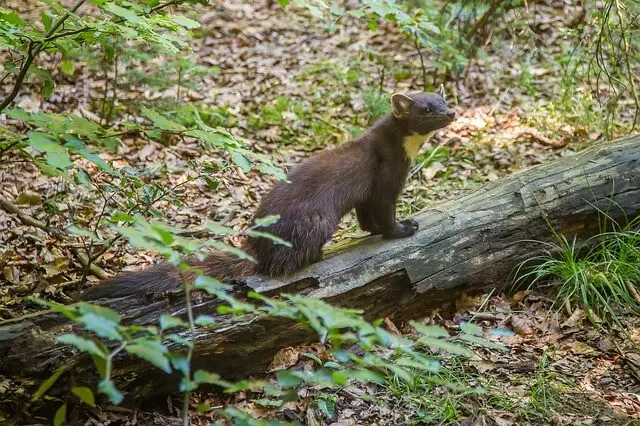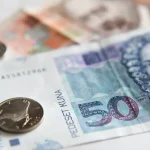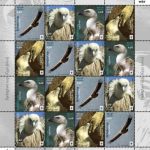The graphic designer became the object of public scrutiny when members of the public began pointing out similarities between his composition and a photo of a marten taken by British photographer Iain H Leach. Pranjković has since withdrawn the proposal, leaving officials with the task of selecting a new motif before the coins enter circulation in January of next year.
Squabbling aside, I want to seize this opportunity to draw your attention to the real star of this somewhat dramatic narrative, our fuzzy friend, the kuna.
Many people are familiar with this mischievous forest creature and maybe understand why he lends his name to the national currency. However, if you’re like me, you may recognize that gaps remain in your kuna-knowledge. If so, keep reading.
In biologists’ speak, kuna (martens) constitute the genus Martes within the family Mustelidae, a group that includes more familiar carnivores like weasels, otters, badgers, and wolverines. There are many species of marten, ranging throughout Europe, Asia, and North America. The star of the current coin debacle is most likely a European pine marten (Martes martes), a common species across Europe, including in Croatia and in Leach’s native Great Britain.
The photo in question shows the kuna climbing on a branch. It comes as no surprise then that pine martens are arboreal, spending much of their time maneuvering amongst treetops. These agile predators use their semi-retractable claws to climb between branches, including those of the pines from which they take their name. These claws also come in handy when hunting and foraging their favourite foods: small mammals, birds, insects, fruits, and carrion… delicious! While not most appetizing to the average palate, scientists attribute the appetites of pine martens to a population reduction of the invasive grey squirrel in certain regions across Europe. While many view this fuzzy creature as a pest, this example demonstrates the valuable role pine martens play in their native habitat. Fortunately, despite pressure from deforestation and illegal hunting, the European pine marten is still classified as least concern by the International Union for Conservation of Nature.
So, how did this tree climbing, squirrel eating, weasel cousin end up at the centre of a national debate on currency design? Well, like most things in Croatia, the kuna goes back several centuries and has a complicated but interesting backstory. To understand, we must go back to medieval Croatia, a time when marten pelts were traded as money. Flash to the 13th century, the Croatian Viceroys distributed marten-adorned silver coins called banovac. However, the currency did not last long. As Croatia lost its autonomy to its union with larger and more powerful Hungary, the banovac disappeared in the following century. But this would not be the last time the world would hear the word kuna.
As I’m sure you are all aware, Croatian’s are a stubborn and traditionalistic people. (I say this out of love and from personal experience). Thus, it was only natural that upon independence, Croatian leaders designated the kuna as the state currency on May 30, 1994. Ever since, the kuna has served both practically and symbolically as an embodiment of Croatian custom, identity, and national pride.
As is so often the case, it appears that history is set to repeat itself. With the adoption of the Euro imminent, the renaissance of the kuna is coming to an end. I don’t want to criticize the government as it moves to bring the country towards a more integrated future. Croatia has much to gain from establishing the Euro within its borders. Nevertheless, by dawning this historical perspective, one can glean additional insight into why so many are hesitant about the process.
For this reason, it truly is a shame that the coin depicting the kuna, a consecrated emblem of Croatian independence, has become ensnared in public dissension. Of course, the choice to withdraw the submission and protect intellectual property was correct. But, personally, I hope that officials can find a way to reincorporate the kuna into the Croatian Euro roster. That way, Croatians can continue to trade furs for beer and wine while sharing this tradition with the rest of the European community.
For more news about Croatia, click here.










